European Green Capital Award

As the European Green Capital 2026, Guimarães exemplifies how sustainability can be deeply embedded into the fabric of a community. With its residents, national partnerships, and European collaborations, the city is forging a greener, brighter future for all.
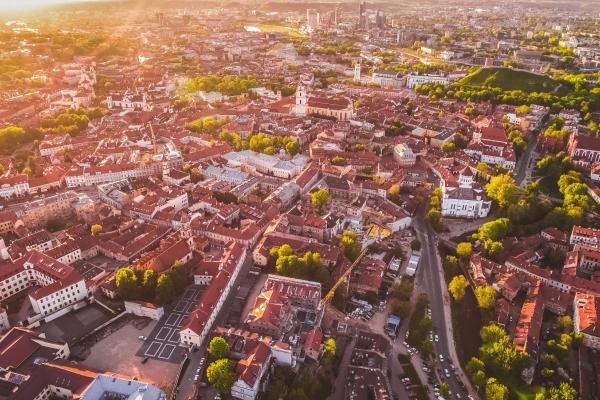
The Lithuanian capital was elected as European Green Capital 2025 for its strong commitment to sustainability while having a realistic and down to earth approach.
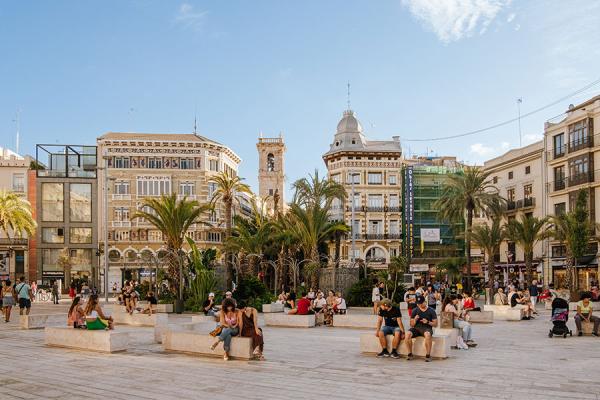

Tallinn is characterised by the diverse nature of its landscapes and communities, which also serve as habitats for rare species.
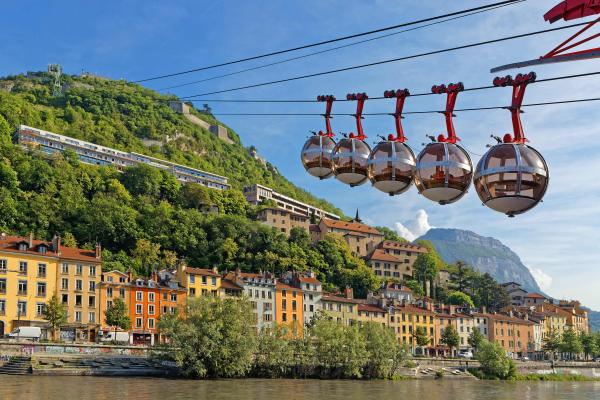
Located in the Alps, east of the Rhone valley corridor, Greater Grenoble is called the ‘Alps capital’ due to its size.
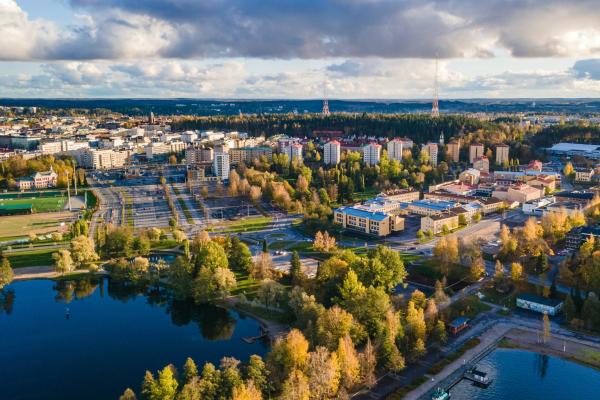
In 2021, Lahti, Finland, stood at the forefront of sustainability as the European Green Capital. The city set new standards in clean energy, circular economy, and green urban living.

Lisbon, Portugal’s capital and largest city, is a vibrant hub of political, commercial, and cultural activity with over 500,000 residents. Nestled along the scenic southeast coast, it serves as the country’s primary port and economic center.

Home to around 700,000 residents, Oslo is one of Europe’s fastest-growing capitals and a leader in sustainable urban development. Addressing climate change is a top priority for the city, which has set ambitious targets to cut greenhouse gas emissions by 50% by 2020 (compared to 1990 levels).

Nijmegen, located in the eastern Netherlands, is the largest city in the Arnhem-Nijmegen metropolitan area and home to over 170 000 residents. The city’s identity is closely tied to the River Waal, which presents both unique challenges and opportunities.

Essen, the ninth largest city in Germany, boasts a population of approximately 571 000 residents. Situated in the heart of the Ruhr area, Essen has successfully transitioned from its industrial past to emerge as a model of urban regeneration and sustainable development.

Ljubljana serves as the political, administrative, cultural, and economic heart of Slovenia, with a population exceeding 280 ,000 residents. Over the past 10 to 15 years, the city has undergone a remarkable transformation in sustainability, a change that greatly impressed the jury.

Bristol, located in Southwest England, has a population of 441 300 (2011) and ranks as England’s sixth and the United Kingdom’s eighth most populous city.

Copenhagen, Denmark's capital and largest city, had a population of 638 790 in 2021. The city has made public-private partnerships a cornerstone of its eco-innovation and sustainable employment approach.

Nestled along the banks of the Loire River and just a short distance from the Atlantic coast, Nantes is a green gem in western France. As the sixth largest city in the country, Nantes is at the heart of a vibrant metropolitan area with a population of around 600 000 residents.

Vitoria-Gasteiz, the capital of both Álava province and the Basque Country, was honoured with the title of European Green Capital in 2012.

The city of Hamburg, located along the banks of the Elbe River, is home to approximately 1.8 million residents. Despite a range of metropolitan challenges, Germany’s second-largest city has successfully combined comprehensive strategies, strong policy commitments and dedicated funding.

With a population of around 800,000, Stockholm has long been recognised as a frontrunner in urban sustainability. In 2010, it became the first city to be awarded the European Green Capital title, a recognition of its comprehensive efforts to create a greener, more liveable urban environment.
European Green Leaf Award

As a European Green Leaf winner for 2026, Águeda demonstrates how a city can seamlessly blend economic growth, cultural vitality and environmental stewardship to create a vibrant, sustainable future for its residents and beyond.

Recognised for its exemplary integration of energy use into education activities, Vaasa empowers its young citizens with the tools and knowledge to contribute to a sustainable future. As a European Green Leaf winner for 2026, Vaasa is a strong example of how innovation, collaboration and a deep resp
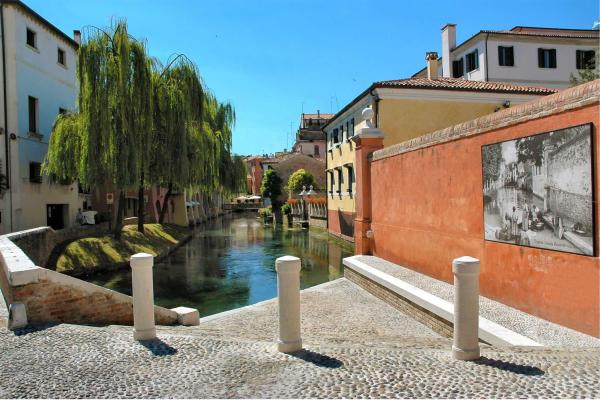
With a population of almost 94,000 inhabitants, Treviso is a vibrant city, now recognised as sustainable example among small European cities.
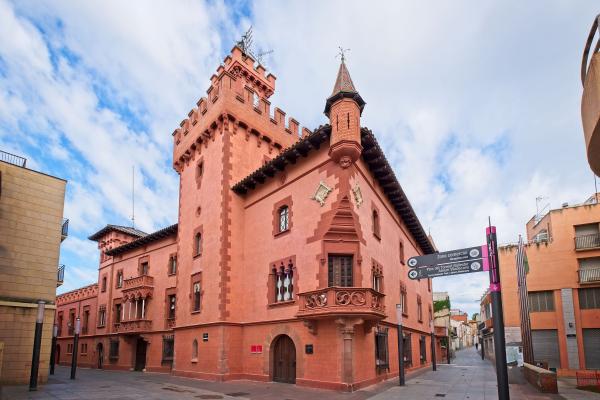
Viladecans is approaching environmental commitment through a multi-level approach in a very convincing and joyful way and is focusing its whole strategy for their year as European Green Leaf winner on two main pillars: the ecological transition and promotion of a healthy lifestyle.
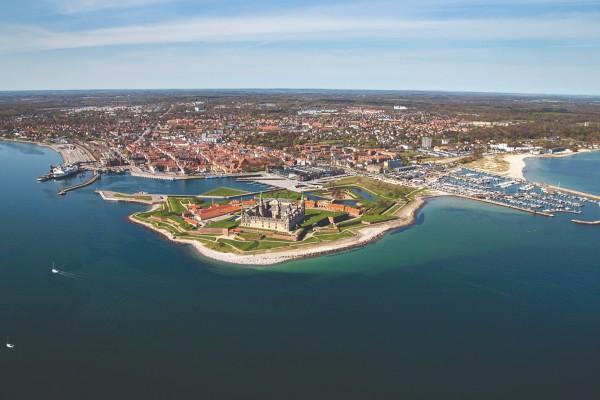
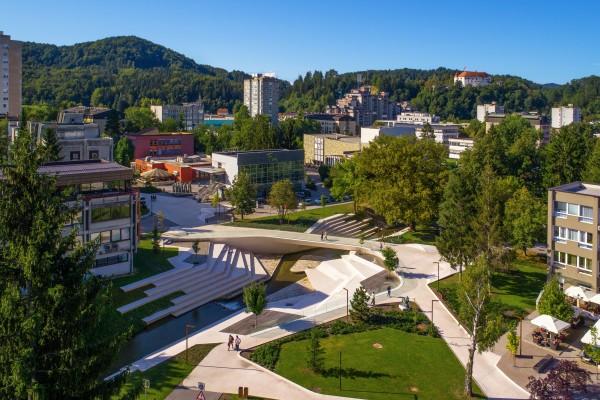

Valongo is located in the North of Portugal, District of Porto and is part of the Metropolitan Area of Porto.
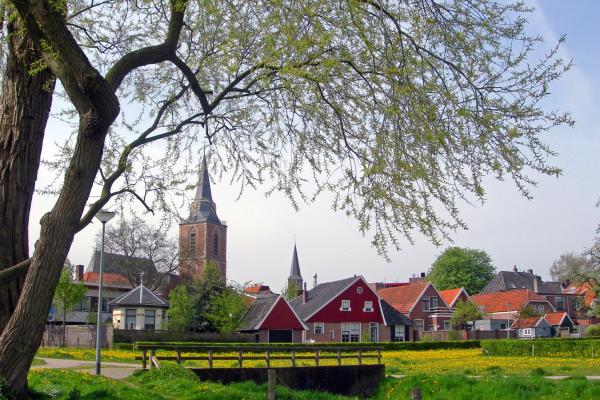
Winterswijk is located in the East of the Netherlands and provides space for a total of 28,852 inhabitants.
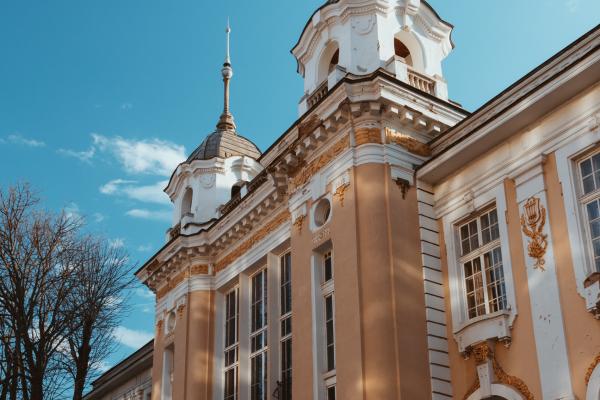
The City of Gabrovo is recognised as a frontrunner in climate and energy initiatives in Bulgaria, having reduced CO2 emissions by 32.9% by 2018 and receiving accolades such as the European Green Leaf Award in 2021.

Lappeenranta is a municipality located in south-eastern Finland with its urban centre situated on the shores of Lake Saimaa.
- 2025Treviso and Viladecans
Italy and Spain
- 2024Elsinore and Velenje
Denmark and Slovenia
- 2022Valongo and Winterswijk
Portugal and The Netherlands
- 2021Lappeenranta and Gabrovo
Finland and Bulgaria
- 2020Limerick and Mechelen
Ireland and Belgium
- 2019Cornellà de Llobregat and Horst aan de Maas
Spain and The Netherlands
- 2018Leuven and Växjö
Belgium and Sweden
- 2017Galway
Ireland
- 2015Mollet del Valles and Torres Vedras
Spain and Portugal
